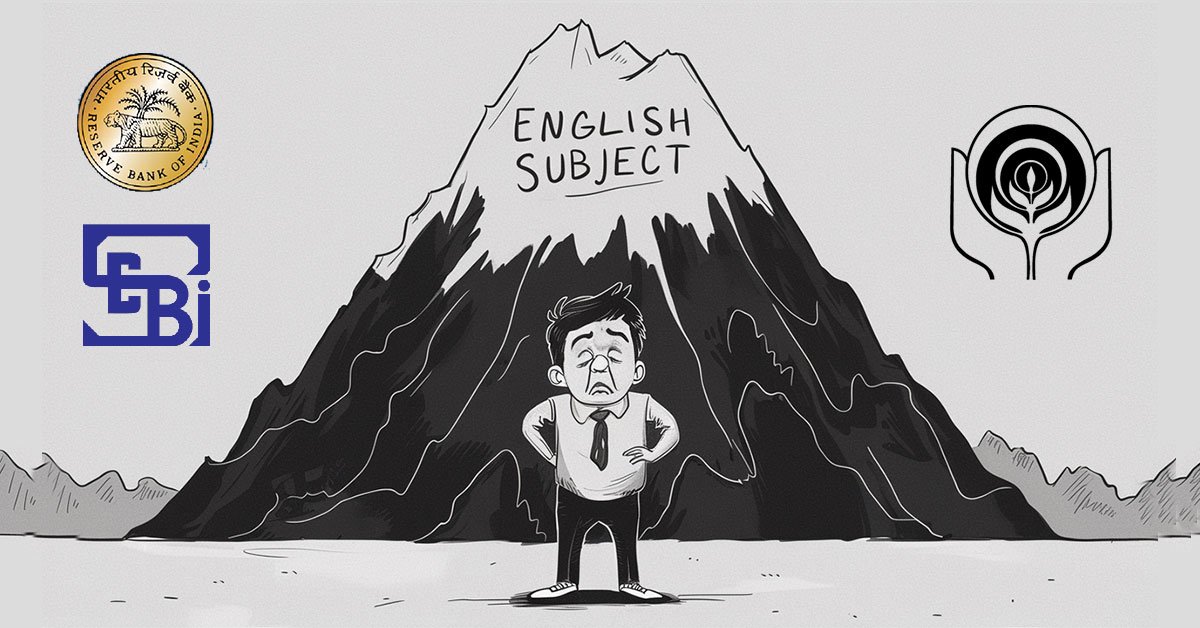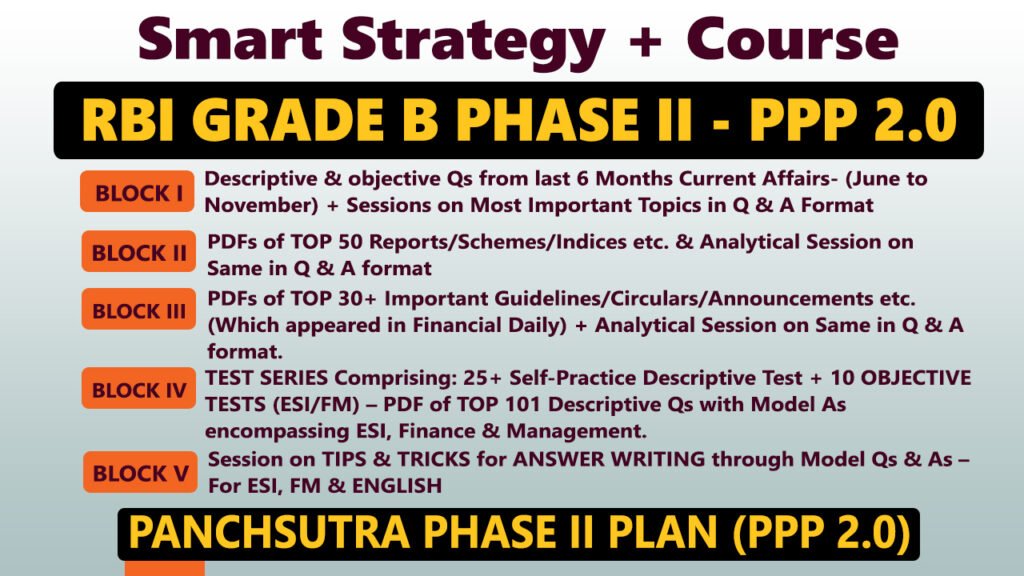Context:
In response to the Reserve Bank of India’s (RBI) 50 basis points rate cut, the Bank of India has announced the withdrawal of its special 400-day fixed deposit scheme and a reduction in interest rates across its short-term and medium-term fixed deposit products. The move reflects the ongoing adjustments within the banking sector following RBI’s monetary policy changes.
Key Changes
- Withdrawal of Special Fixed Deposit Scheme:
- The bank is discontinuing its 400-day fixed deposit scheme, which offered an interest rate of up to 7.30%. This special scheme was popular for its higher-than-average returns, but its discontinuation comes as part of the broader shift towards lower interest rates.
- Reduction in Interest Rates:
- As of April 15, 2025, the bank will also lower the interest rates on its short-term and medium-term fixed deposits for various tenures. These changes align with the broader economic trend of rate cuts initiated by the RBI to support economic activity amid shifting inflation and growth concerns.
Implications of the Rate Cut
- Lower Returns for Savers:
- With the reduction in interest rates, depositors will see lower returns on their fixed deposits, affecting those who rely on fixed income from such investments.
- Impact on Consumers:
- Individuals who had invested in the special scheme may need to adjust their financial strategies. The lower rates also reflect the broader market dynamics aimed at stimulating economic growth.
- Broader Economic Context:
- The RBI’s 50 basis points cut is part of its monetary policy to address inflation and bolster economic activity. As more banks align their interest rates with the RBI’s stance, the broader impact on saving behaviors and consumer investment plans will become more evident.
Future Outlook
- Bank Strategies:
- Expect further alignment of interest rates across government and private banks as they follow the RBI’s lead to keep borrowing costs low while ensuring financial stability.
- Savers’ Response:
Savers and investors might look for alternative investment avenues, such as mutual funds or equity-based investments, as fixed deposit returns become less attractive in the current interest rate environment.



















